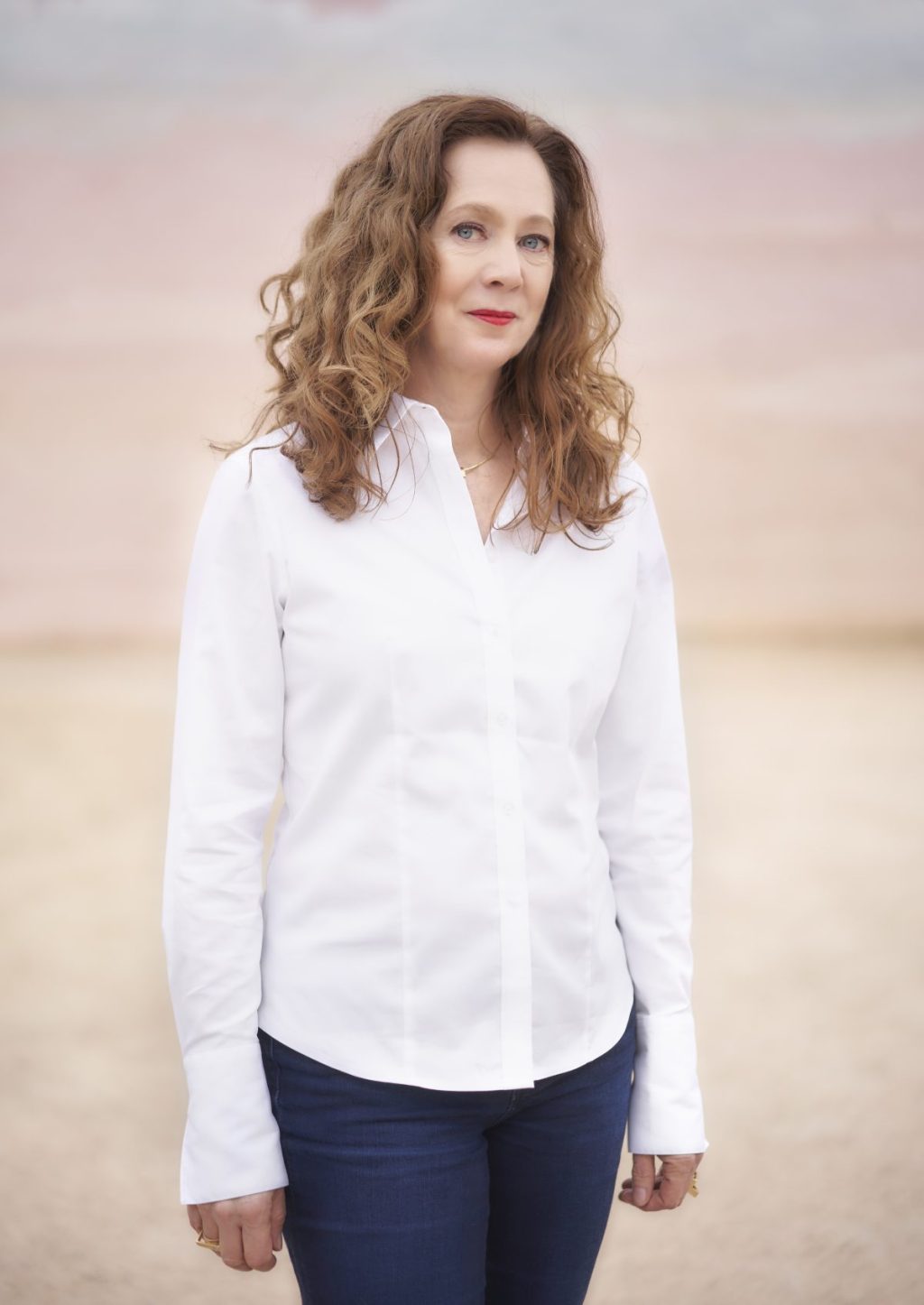[ad_1]
As it prepares to open later this year, the Church—a new residency program and exhibition space being created by artists Eric Fischl and April Gornik in a former Methodist church on New York’s Long Island—has a new leader.
Sara Cochran, the former director and chief curator of the Scottsdale Museum of Contemporary Art in Arizona, will serve as the executive director and chief curator of the Church in Sag Harbor. She will oversee the space’s staff and board, and will help organize exhibitions there.
In an interview with ARTnews, Fischl said he had known Cochran for 15 years, having worked with her an educational program facilitated in collaboration with Phoenix College in Arizona, where Fischl has lectured. “She contacted me to ask if I would find it awkward if she applied for the job, and of course it was quite the opposite—I was thrilled,” Fischl said, praising Cochran for her “dynamism.”
Prior to leading the Scottsdale Museum of Contemporary Art, Cochran, who started her job at the Church earlier this month, had been curator of modern and contemporary art at the Phoenix Art Museum. Recently, she helped organize a project called Future IDs with artist Gregory Sale on San Francisco Bay’s Alcatraz Island.
In a statement, Cochran said, “I look forward to defining the Church’s programs and building partnerships in the area and across the nation as we work to create a space for artists and community in this rich historic place and cultural environment.”
Fischl said he hopes the Church will be a fruitful home for creativity as Sag Harbor faces rapid development—and an influx of artists. With the space set to open later this year, he is hoping to bring together creators as disparate as weavers and makers of virtual-reality art, and have them work in the presence of one another. “I love incubating projects with creative people where they’re working across disciplines, where they’re making work that neither would have come up with on their own,” Fischl said. “A lot really good artists are out here, and are wanting to continue integrating their work into the culture here. It’s certainly important.”
[ad_2]
Source link

